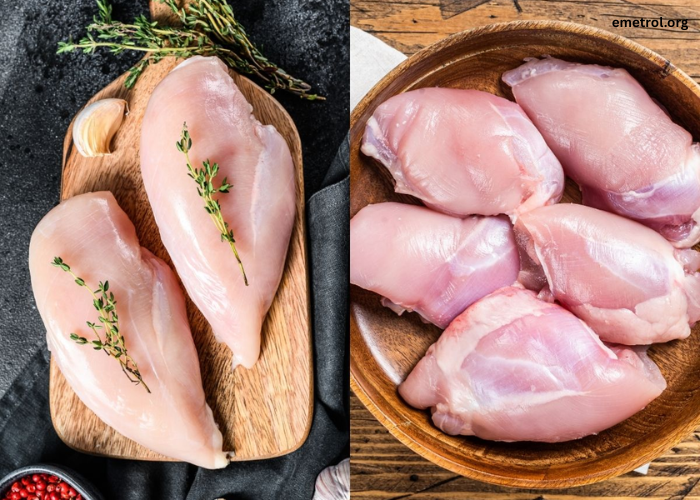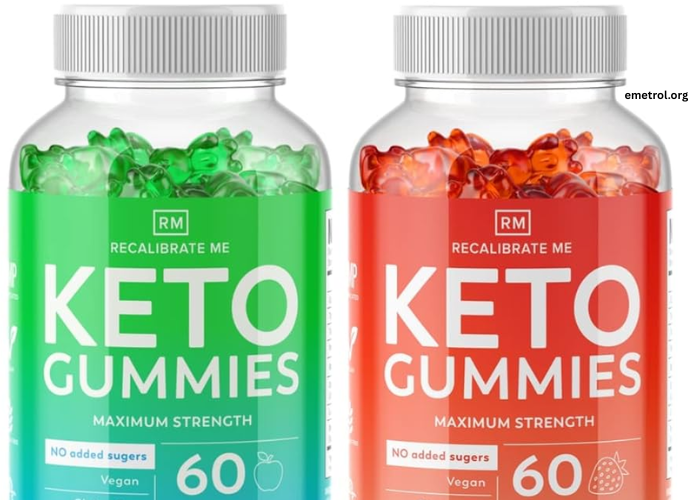Chicken Thigh Nutrition: Health Facts, Benefits & Comparison Guide
There’s a reason why chicken thighs are a go-to for so many meals around the world. Grilled, baked, or cooked in a curry, they are bursting with flavor and juicy succulence. But do you ever stop to think what exactly is in that delicious piece of chicken? Is it healthy? What nutrients does it contain?
Though chicken breast is often considered the “healthier” cut, chicken thighs have a delicious, fatty charm. They contain more fat, but also more flavor. Many avoid them thinking they’re unhealthy — but that’s not entirely true.
Chicken thighs are rich in protein, vitamins, and minerals that support your overall health. In this article, we’ll explain everything you need to know about chicken thigh nutrition, make some comparisons, and give you healthy cooking tips — all in simple English.
Key Points:
-
Chicken thighs are high in protein and flavor.
-
They contain healthy fats and essential nutrients.
-
When cooked properly, they can be part of a balanced diet.
What Is The Protein Content Of Chicken Thighs?
Chicken thighs are a great source of protein, though they have more fat than chicken breasts. Here’s what’s in 100 grams (3.5 oz) of cooked, skinless chicken thigh:
| Nutrient | Amount (per 100g) |
|---|---|
| Calories | 209 kcal |
| Protein | 25 grams |
| Total Fat | 11 grams |
| Saturated Fat | 3 grams |
| Iron | 0.9 mg |
| Zinc | 2.4 mg |
| Vitamin B6 | 0.5 mg |
| Niacin (Vitamin B3) | 5.9 mg |
Chicken thighs contain high-quality protein to help your body build muscles and repair tissues. The B vitamins help your body get energy from food and support healthy brain function.
Chicken Thigh vs Chicken Breast (per 100g)
| Nutrient | Chicken Thigh | Chicken Breast |
|---|---|---|
| Calories | 209 kcal | 165 kcal |
| Protein | 25 g | 31 g |
| Fat | 11 g | 3.6 g |
| Iron | 0.9 mg | 0.4 mg |
Tip: Remove the skin to reduce extra fat and calories.
Are Chicken Thighs Good For You To Eat Every Day?
Yes, you can include chicken thighs in a healthy diet — but how you cook them matters.
Fried or creamy chicken thighs may have excess calories. Instead, bake, grill, or steam them with minimal oil. Chicken thighs are rich in iron and zinc, which help your immune system, bones, and muscles. The fats in thighs also support your brain and heart health.
Just don’t eat only meat. Combine chicken thighs with vegetables, whole grains, and legumes for full-body nutrition.
Reminder: Use skinless chicken thighs to keep saturated fat and calories lower.
Chicken Thighs vs Other Meats (per 100g)
| Meat Type | Calories | Protein (g) | Fat (g) |
|---|---|---|---|
| Chicken Thigh | 209 kcal | 25 g | 11 g |
| Chicken Breast | 165 kcal | 31 g | 3.6 g |
| Ground Beef (80%) | 254 kcal | 26 g | 20 g |
| Pork Chop | 231 kcal | 27 g | 13 g |
| Salmon (Fish) | 208 kcal | 20 g | 13 g |
Compared to beef or pork, chicken thighs are leaner. They are fattier than chicken breast but offer more flavor. If you’re switching from red meats to poultry, chicken thighs are a satisfying and healthier choice.
Nutritional Benefits of Chicken Thighs
Here are the main health benefits of including chicken thighs in your meals:
✔️ High Protein
-
Builds muscle
-
Repairs body tissues
-
Keeps you full longer
✔️ Rich in B Vitamins (B6 & Niacin)
-
Helps convert food into energy
-
Supports the brain and nervous system
-
Keeps skin healthy
✔️ Contains Healthy Fats
-
Includes unsaturated fat (good fat)
-
Helps absorb vitamins A, D, E, and K
-
Supports heart and brain health
✔️ Rich in Iron and Zinc
-
Iron helps oxygen travel in your blood
-
Zinc strengthens the immune system
-
Promotes faster wound healing
✔️ Juicy and Flavorful
-
The fat adds tenderness and taste
-
Often needs less salt or sauce due to richness
Conclusion: Chicken thighs strike a great balance between flavor and nutrition.
How Do You Cook Chicken Thighs Healthy?
Your cooking method can turn chicken thighs from healthy to heavy — so choose wisely.
✅ Best Healthy Cooking Methods:
-
Grilling – low oil, rich flavor
-
Baking/Roasting – easy and low-fat
-
Boiling/Steaming – retains moisture, minimal calories
-
Air Frying – crispy with up to 75% less fat
💡 Cooking Tips:
-
Remove skin before cooking
-
Use herbs and spices like garlic, lemon, paprika
-
Add veggies like broccoli, carrots, bell peppers
-
Avoid deep-frying or creamy sauces
Example Healthy Recipe: Lemon Herb Baked Chicken Thighs
Ingredients:
-
Garlic
-
Lemon juice
-
Olive oil
-
Rosemary
Steps:
-
Mix ingredients into a marinade.
-
Add skinless chicken thighs.
-
Marinate for 30 minutes.
-
Bake at 180°C (350°F) for 25–30 minutes.
Conclusion
Chicken thighs, when prepared right, are a delicious and nutritious meat option. They offer high-quality protein, iron, B vitamins, and healthy fats.
They may be fattier than chicken breast, but that fat adds flavor and satisfaction. Don’t avoid them — just cook them smart. Bake, grill, or steam your chicken thighs and serve with vegetables for a healthy, complete meal.
FAQs
✅ Are Chicken Thighs Healthy for Weight Loss?
Yes, especially when skinless and cooked with less oil. Protein helps keep you full longer.
✅ Calories in One Chicken Thigh?
A medium, skinless, boneless chicken thigh (~85g) has about 180–200 kcal, depending on cooking method.
✅ Should You Choose Chicken Thighs Over Breasts?
Chicken thighs are juicier and more flavorful. Chicken breasts are leaner. Choose based on your goals.
✅ Is It Safe to Eat Chicken Thighs Daily?
Yes, in moderation. Pair with grains and veggies. Avoid frying daily.
✅ Do Chicken Thighs Have More Iron Than Breasts?
Yes. Thighs have nearly double the iron of chicken breast — important for fighting fatigue.



